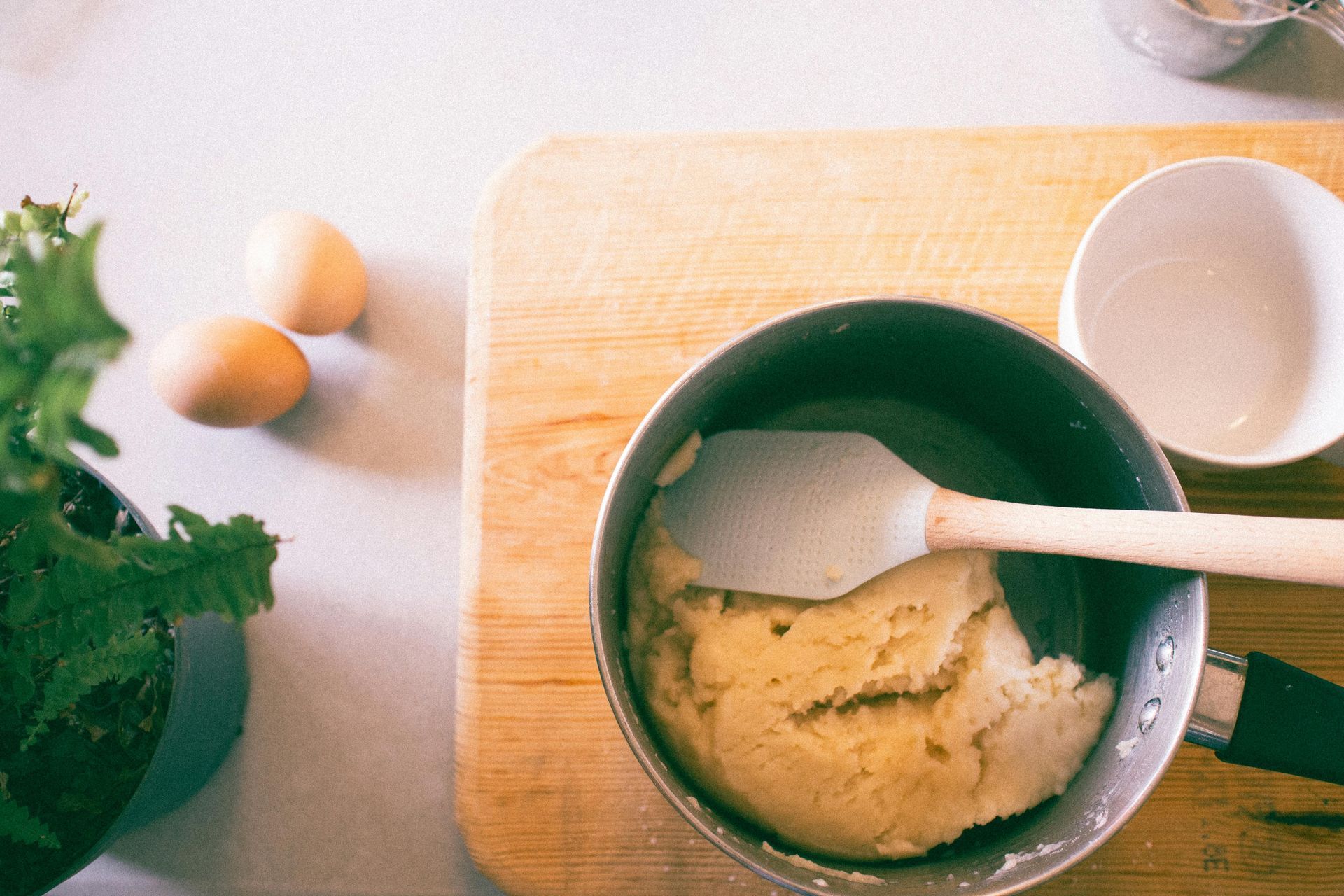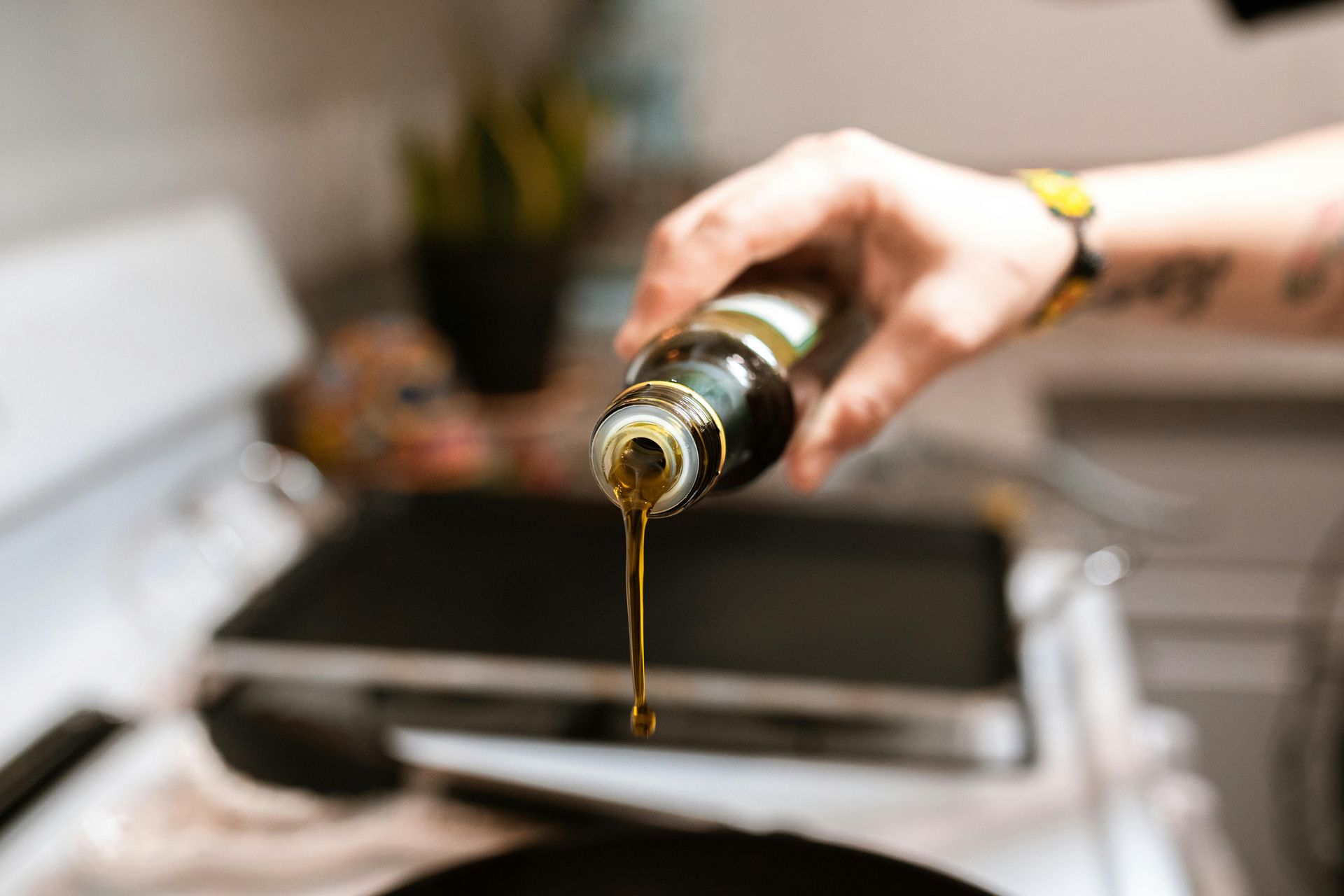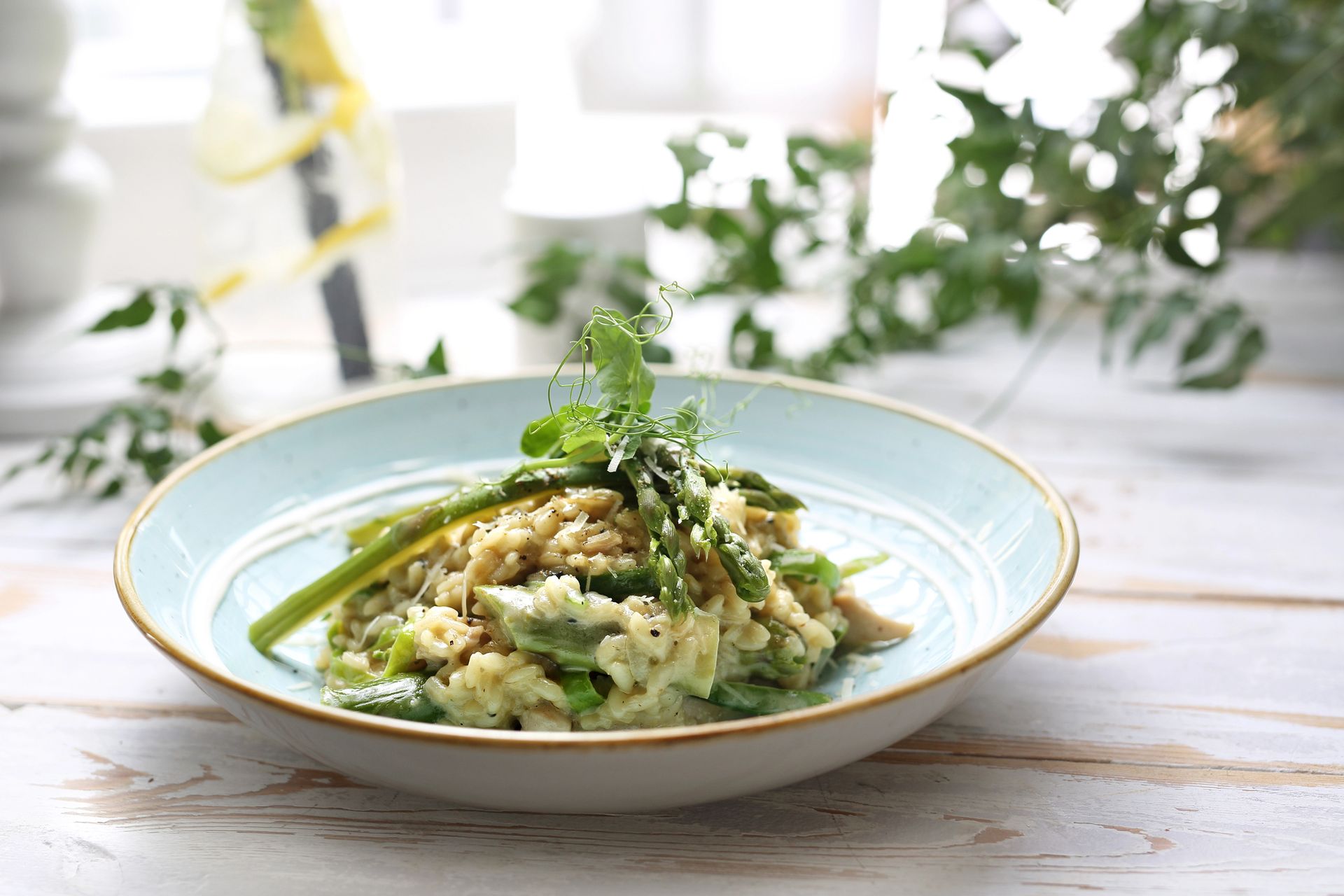On The Plate
with Robert Peers
Which Oil is Best for Cooking? A Guide to Choosing the Right One
Understanding Cooking Oils and Their Uses
Cooking oil plays a crucial role in preparing delicious meals, but choosing the right one depends on several factors, including flavor, smoke point, and health benefits. Some oils are ideal for high-heat frying, while others are better suited for dressings or low-heat cooking.
What is a Smoke Point, and Why Does It Matter?
The smoke point is the temperature at which oil starts to break down and produce smoke, affecting its flavor and nutritional value. Oils with high smoke points are best for frying and roasting, while those with lower smoke points are better for dressings and light sautéing.
Best Oils for Different Cooking Methods
- Best for High-Heat Cooking (Frying, Roasting, Searing)
- Avocado Oil (520°F / 271°C) – One of the highest smoke points, neutral flavor, and is packed with healthy fats.
- Refined Peanut Oil (450°F / 232°C) – Popular for deep frying due to its stability.
- Canola Oil (400°F / 204°C) – Budget-friendly and mild in flavor, great for frying.
- Best for Medium-Heat Cooking (Sautéing, Stir-Frying, Baking)
- Olive Oil (375°F / 190°C) – Versatile and rich in antioxidants, ideal for pan-cooking and roasting.
- Coconut Oil (350°F / 177°C) – Adds a hint of coconut flavor, great for baking and sautéing.
- Best for Cold Dishes (Dressings, Drizzling, Dips)
- Extra Virgin Olive Oil (320°F / 160°C) – Rich in flavor and antioxidants, perfect for salad dressings.
- Flaxseed Oil (225°F / 107°C) – Packed with omega-3s, best used raw.
Which Oils Are Healthiest?
For heart health, oils high in monounsaturated and polyunsaturated fats, such as olive, avocado, and flaxseed oil, are excellent choices. On the other hand, highly processed vegetable oils (like soybean or corn oil) may contain unhealthy trans fats and should be consumed in moderation.
By choosing the right oil for your cooking method, you can enhance the flavor and nutritional value of your meals.
More Cooking Tips
On The Plate
with Robert Peers
All Rights Reserved | On The Plate with Robert Peers | Website by CCC


